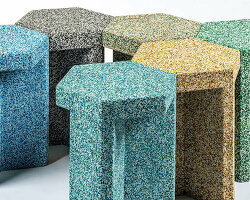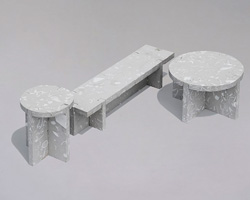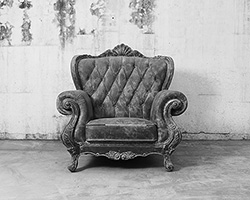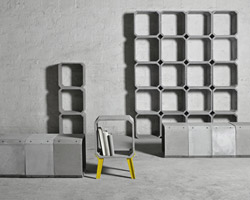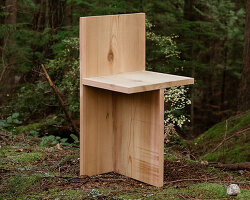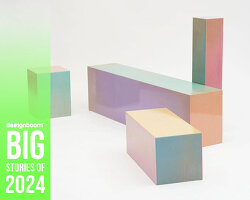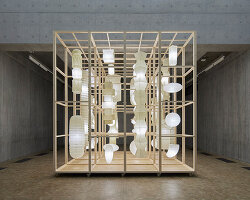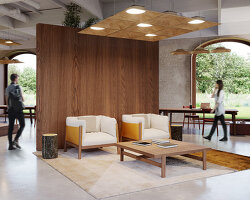KEEP UP WITH OUR DAILY AND WEEKLY NEWSLETTERS
PRODUCT LIBRARY
explore designboom's top 10 design products of 2024 submitted by our readers.
the removable four-toed ‘gloves’ of the superfinger superstar can also be used as bags or be attached to other shoes.
by upcycling mass-produced furniture, YET architecture and BDM architects blurs the lines between standardization and personalization.
yamaha design laboratory's concept project upcycles rare woods originally intended for marimba tone bars and pianos.
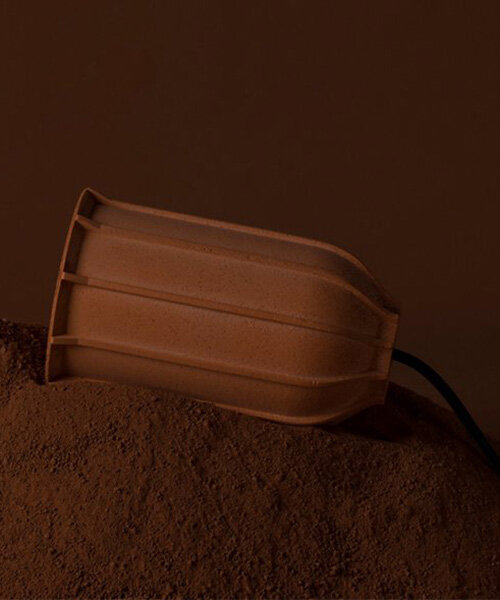

 the three colors are abstracted and developed from the natural earth
the three colors are abstracted and developed from the natural earth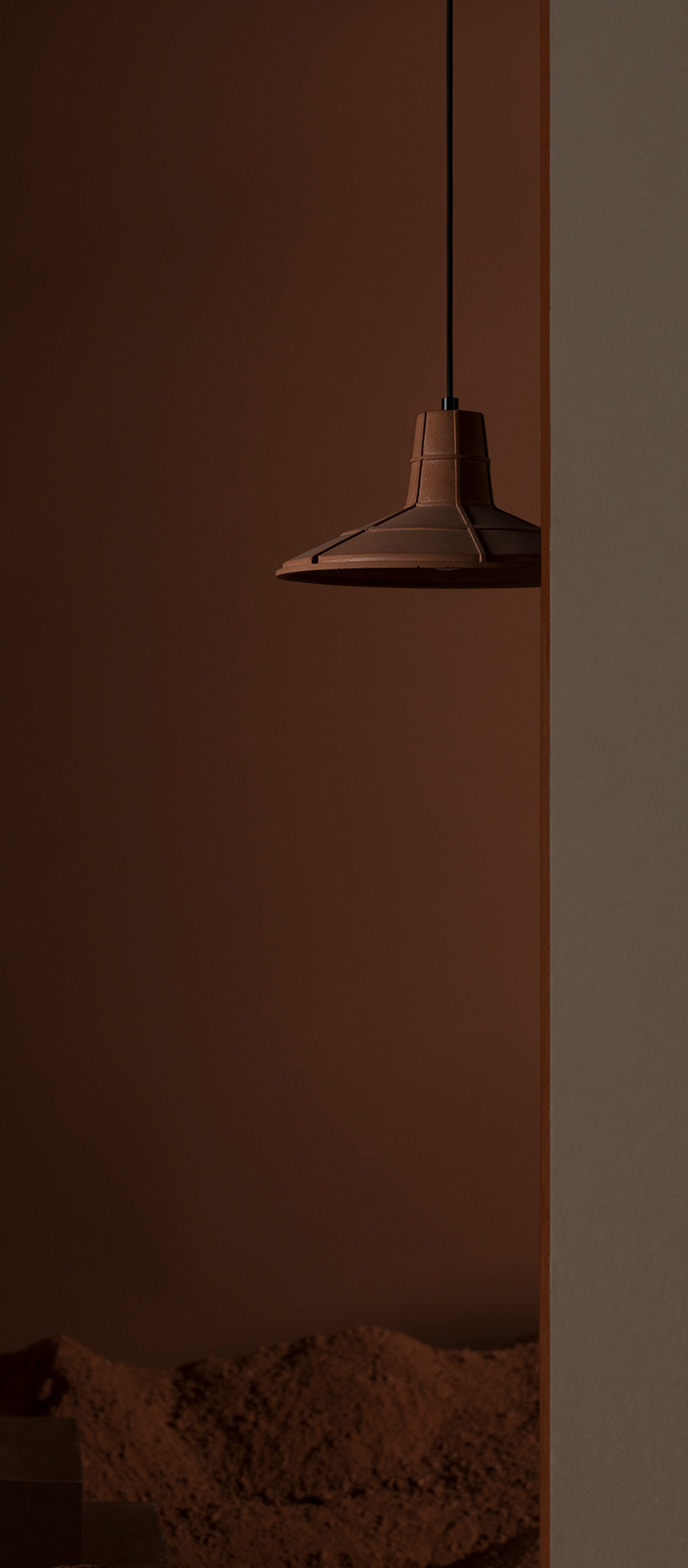 by examining the earth as material, it is believed that there’s a responsibility and an obligation to explore a new design philosophy, rather than to copy a so-called style that is ephemeral
by examining the earth as material, it is believed that there’s a responsibility and an obligation to explore a new design philosophy, rather than to copy a so-called style that is ephemeral
 material texture
material texture a wide range of industrial auxiliary molds which serve industrialized products, flourish with the industrial modernization, growing efficiency, and homogenization
a wide range of industrial auxiliary molds which serve industrialized products, flourish with the industrial modernization, growing efficiency, and homogenization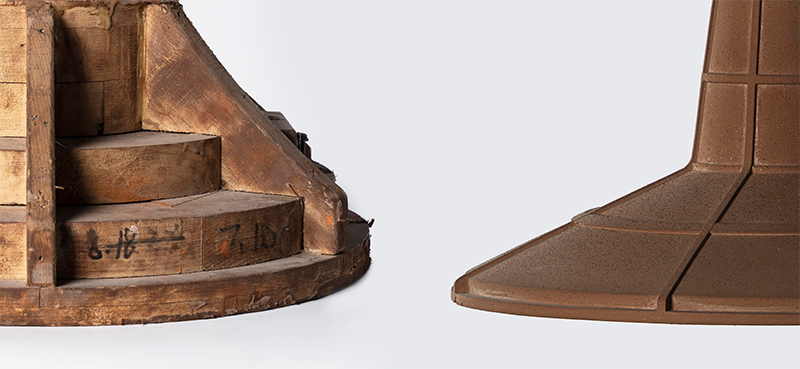 inspired by the industrialized supporting moulds of casting production
inspired by the industrialized supporting moulds of casting production the presentation of materials and textures, the rational structure of craftsmanship, and the aesthetics of simple forms, allow the products to gradually approach the depth of inner perception and aesthetics
the presentation of materials and textures, the rational structure of craftsmanship, and the aesthetics of simple forms, allow the products to gradually approach the depth of inner perception and aesthetics allowing the discarded ‘earth’ to reconnect with the world in a dignified and valuable way
allowing the discarded ‘earth’ to reconnect with the world in a dignified and valuable way


